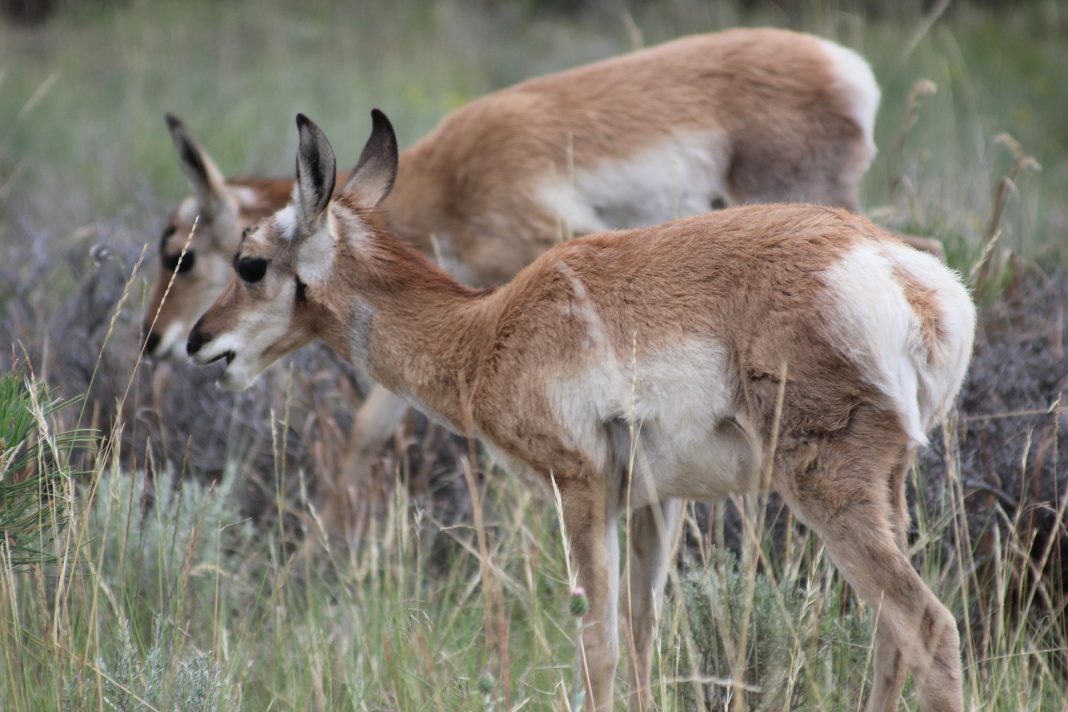In November of 2020, Montana put the finishing touches on its new wildlife migration strategy. This new plan changes how states can identify and conserve wildlife migration routes. During the last few years, Montana has been experiencing a human population boom. This boom has required a necessary growth in infrastructure. However, this growth in infrastructure has created problems for migrating wildlife. Montana’s new strategy creates a detailed framework on how to gather and input wildlife movement data. The strategy will put more emphasis on mapping and conservation. Likewise, the strategy will call for more public education programs about migrating wildlife.
Key Components of the Migration Plan
With the use of new GPS collars, the strategy hopes to identify more migration corridors. Once these corridors are found, the strategy will allow for more comments and recommendations on state land use and transportation plans if the corridor comes into conflict with something. It will also optimize mapping and the sharing of data on migrations. The plan is also calling for more coordination and collaboration with landowners with the intent of conserving migrating wildlife.
While the strategy has important plans and is more advanced than most other western states, there is still room for improvement. Many conservationists would like to see the plan implement a strategy to improve critical “stopover” habitats within the migration corridors.
However, Montana’s new plan does a beautiful job at using the latest science regarding wildlife migrations. Likewise, the plan allows the state to better manage the health and growth of critical big game herds. Another benefit of the plan is it will allow many groups including local communities, private landowners, and the sporting community have a seat at the table.
As the human population continues to grow in the west, protecting wildlife migration corridors will become a major component of managing wildlife in the west. Many states in the west have started projects to create safe road crossings. However, much more can be done to make sure these age-old corridors are protected.















